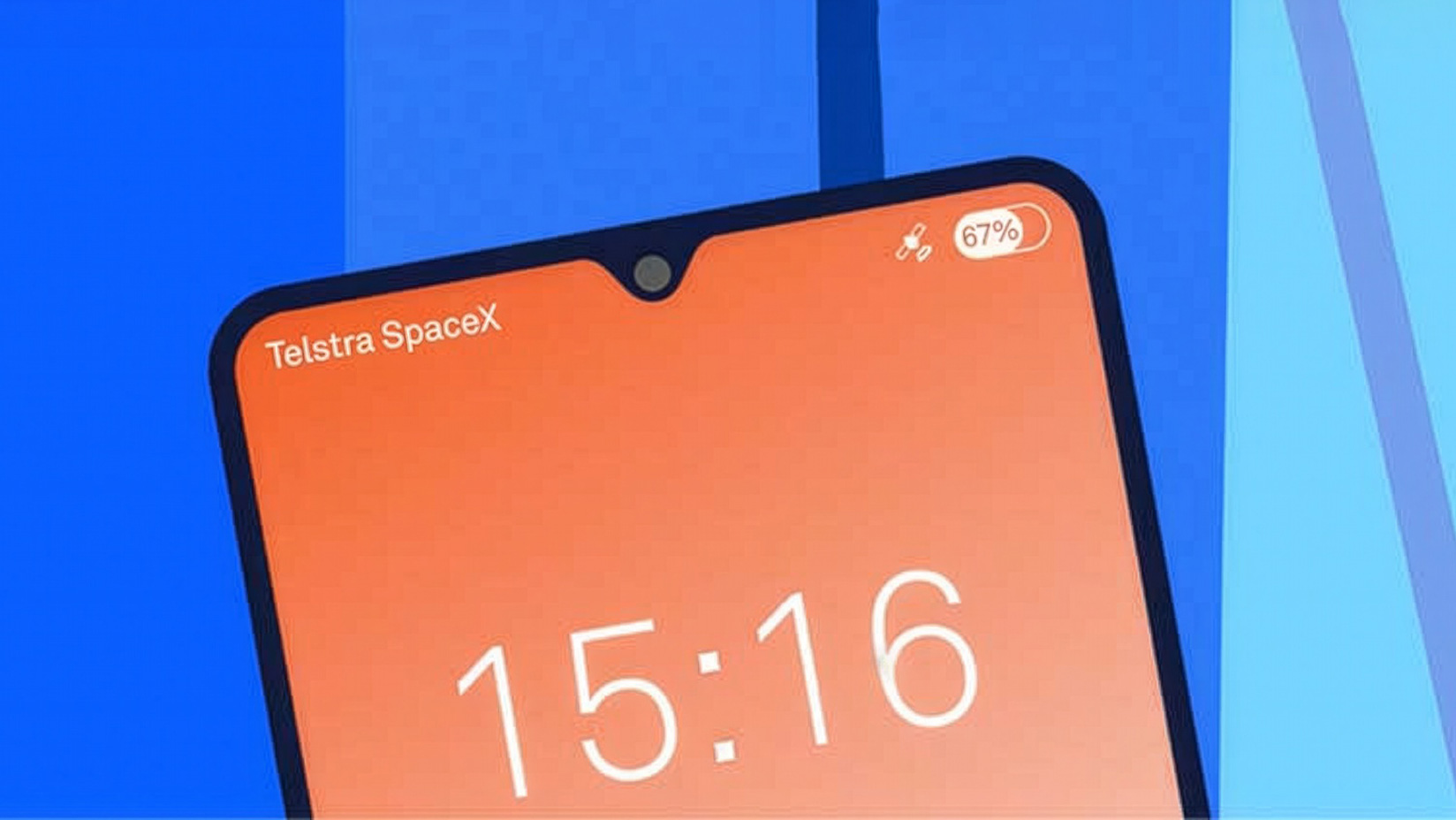Thinking about SASE? Think business outcomes first, technology second.

Adopting Secure Access Service Edge (SASE) can be complicated. It requires careful consideration with the need to think long term.
When you’re considering SASE, the first thing to understand is that it’s not a technology but a framework. As a framework, SASE offers multiple approaches. For example, you may decide to use a mix of internet and MPLS. Or maybe you’ll use internet only. The point is, different options will require different architectures and technologies.
Now, we’ve spoken about vendor selection in previous blogs, the important thing to remember is that if you view SASE as a technology, you may then think a specific vendor product will solve all of your problems. That’s not how Telstra views the product. The product may help you achieve your goals – but that is often over the short term only.
When your operations evolve and the business environment changes, if you have deployed SASE from a technology perspective, you’re likely to have a solution that doesn’t fully encompass the scope of your business needs anymore. Then you either accept sub-par performance, or it’s time to rip and replace.
Thinking about SASE as a framework can mean that it’s not the end goal in itself, it can get you where you want to go. Having this attitude means you’re more likely to get lasting value from your SASE solution.
For that to happen, you need to clearly define your business requirements. Then define the outcomes you want across one to five years. It’s also a good idea to do contingency planning on possible obstacles before you invest in a solution.
With this in mind, here are some of the most important things to consider before deciding on a SASE solution.
Understand your cloud journey
The move to cloud services is a key driver of SASE. However, it’s critical to assess where you are on your cloud journey and what variables are at play.
Consider if your cloud strategy involves more of a SaaS model. Will you increasingly access data from the cloud rather than a data centre? If that’s the case, are you thinking of decommissioning one or more of your data centres?
But if you do that, will traffic to the cloud need to hairpin through the remaining data centres, causing congestion and latency? Does that mean the data centre you were planning to shut needs to be retained?
Issues can also arise with the cloud environment you choose. Maybe you’re thinking of increasing the number of public clouds you use, or switching providers. If so, you’ll need to think ahead if you want your SD-WAN to connect to those clouds.
All too often Telstra sees organisations realise too late that they’ll have to discard their recent investment in an SD-WAN solution, simply because it can’t connect to a new cloud provider.
Understand your connectivity needs
Staff are increasingly working at home, a trend accelerated by COVID-19. And it looks like this work model is becoming more commonplace. Mobility is also playing a greater role.
This means you should estimate whether employees will be working more from home or on the road in the future. If staff are mobile, will they simply need local access, or international as well? You’ll also have to decide whether you’ll expand into more locations, or reduce the sites you already have.
Don’t forget, your call centre and telephony platforms will also have to work with your SASE solution. In addition, determine whether you’re going to adopt a cloud communications platform, or change providers if you already have one. Once again compatibility issues may arise.
The drawcard of SASE is its simplicity and effectiveness. So you’ll need to ensure your solution does in fact provide a single consistent policy to secure staff when they are on site and at home. And that it supports a good user experience whatever their location.
When you throw IoT into the mix, you further increase complexity. Are IoT devices going to be adopted more widely in your organisation? And will your SASE solution be able to handle them?
Forward thinking is crucial
As you can see, any potential SASE solution has to cover off multiple moving parts, most of which are interlinked. And it has to do so in an environment that’s constantly evolving.
There are many vendors or integrators who will sell you a product or a technology, but few focus on your long-term business goals. Problem is, you won’t know that until time has passed and problems have surfaced.
At Telstra, we take a different approach. We believe that ultimately SASE is not about security or connectivity or even cost savings. It’s always about business outcomes.
We work with our customers to define their requirements and business direction. Then we factor in possible permutations so that surprises are kept to a minimum. We see this strategic approach delivering great results in terms of effectiveness, cost-efficiency and minimal disruption.
To use an analogy, if you want to drive from A to B, a vendor or integrator will often sell you their brand of truck. Telstra will provide the roadmap, the best form of transport from all the available options, and the direction you need to get to your destination.
Business success is often dependent on network infrastructure and it’s important to periodically check your network performance. Let our solutions consultant help you better understand your business technology preparedness and kick start your network transformation journey.
Click here to sign up for a no cost, no-obligation 60-minute network consultation with one of our network experts, where you will receive a personalised summary of findings compiled into an Assessment Report tailored exclusively for your organisation and get guidance for next steps to improve end-user experience across the network environment for current and future states.


